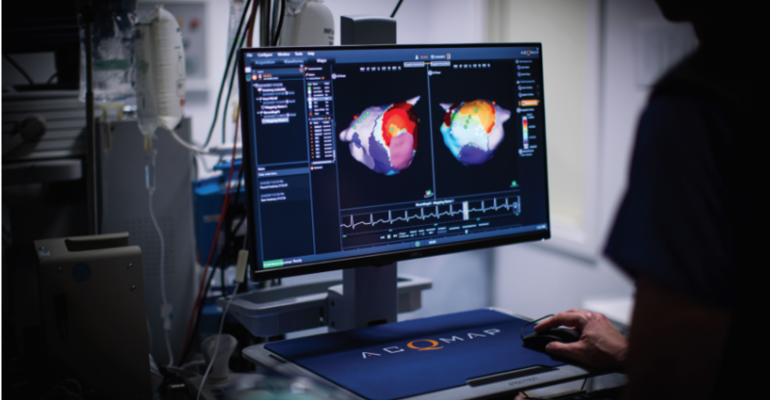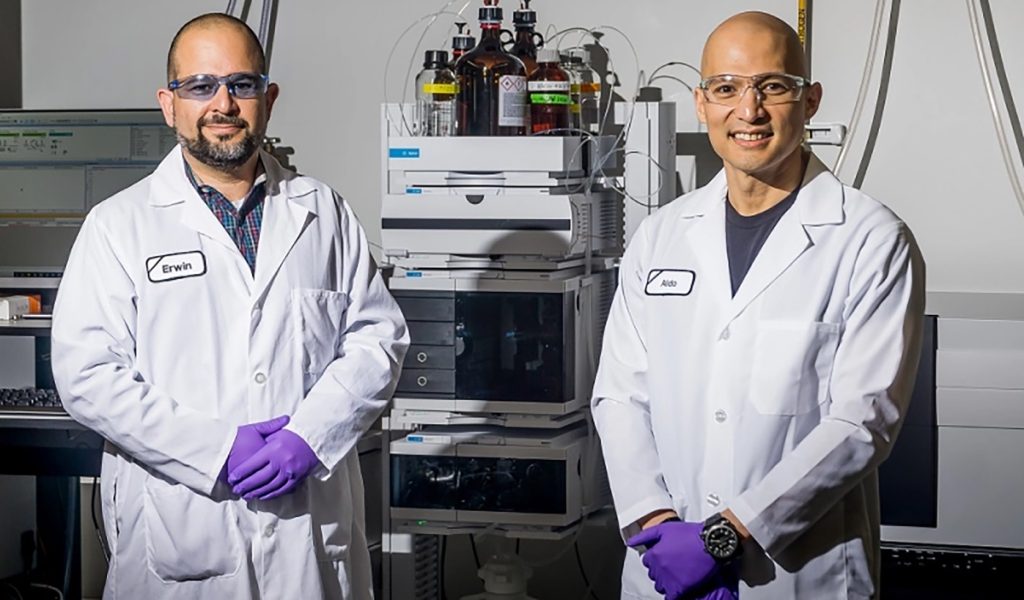The arrhythmia-focused Acutus Medical has moved forward with its IPO, with plans to raise about $158.8 million to help expand its commercial teams and complete the clinical testing of its heart-mapping catheters.
The company launched on the Nasdaq under the ticker “AFIB,” reflecting its work in atrial fibrillation. Acutus started with an offering of more than 8.8 million shares at $18 each, to more than double the $75 million it initially announced more than three weeks ago. That price rose nearly 50% after trading began, to about $26.50.
One year ago, Acutus brought in $100 million in venture capital funding through its series D round, plus $70 million in credit provided by Deerfield Management and an OrbiMed fund. With the latest IPO net proceeds, plus its existing cash and revenues, the company said in its prospectus that it expects to have enough to support both its commercial expansion and R&D activities for the next year.
This past February, the company received an FDA clearance for a real-time, 3D heart-mapping algorithm, to help electrophysiologists diagnose and treat both constant and transient arrhythmias.
The AcQMap system allows physicians to map the electrical activity of the heart’s chambers and perform an ablation, then re-check the cardiac tissue to confirm the effect. It also identifies regions of slow electrical conduction, or focal points causing irregular activity that can lead to an irregular heartbeat.
More recently, Acutus launched an electrophysiology collaboration with the German medical device maker Biotronik in May, to provide a portfolio of catheter-based mapping and ablation products in select markets such as Europe and Asia.
Another of the alliance’s goals is to link a range of devices through Biotronik’s network, to help share real-time patient monitoring data following ablation procedures.
Acutus also worked with Stereotaxis to integrate its treatments with the latter’s telerobotic support. This allowed a patient to be treated with Acutus’ AcQMap system and Stereotaxis’ magnetic navigation system—consisting of two robotically controlled magnet arms placed on either side of the patient, which control a catheter with a magnet in its tip as it moves through the body. This also lets physicians and staff remain outside the procedure room, reducing radiation exposure.




